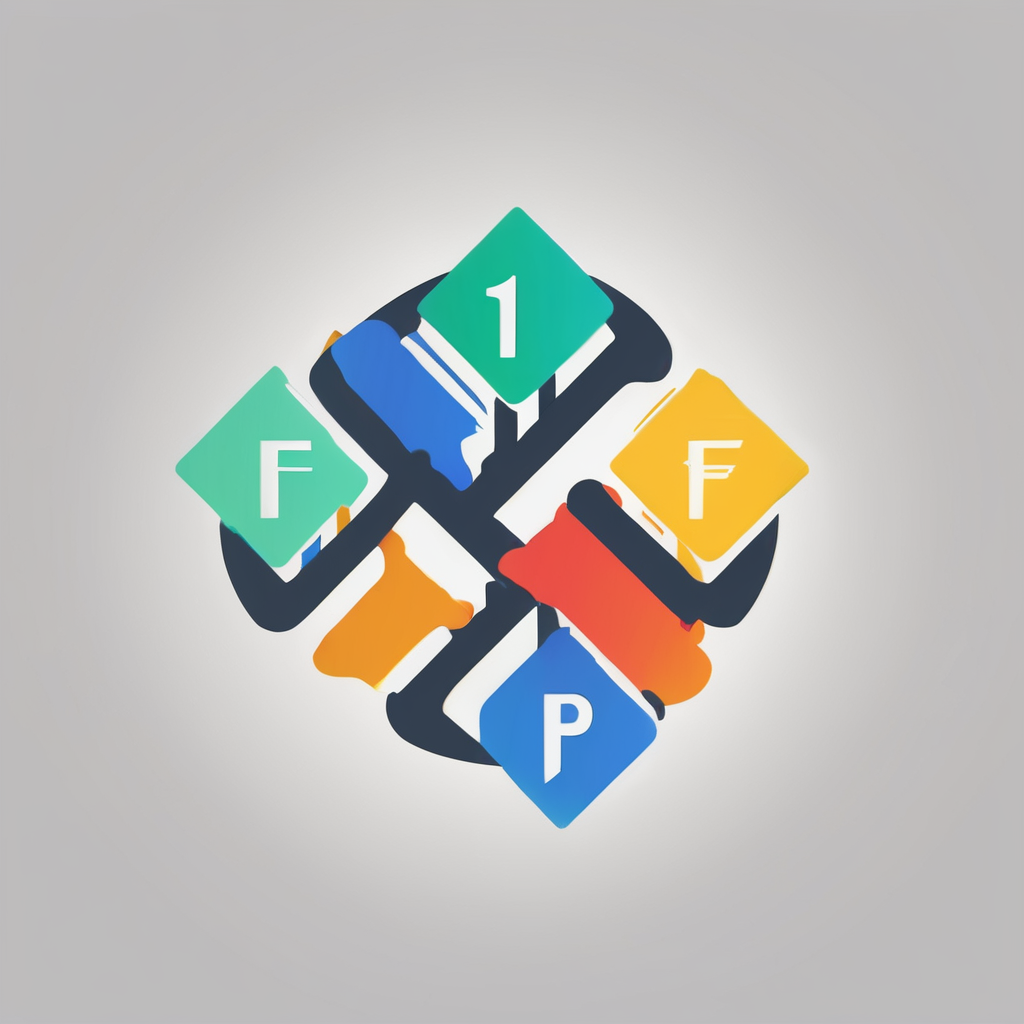Choosing the right anti-plagiarism software can make a significant difference in maintaining originality and credibility in your work. This comprehensive comparison guide delves into various tools, analyzing features, pricing, usability, and effectiveness. With detailed insights and user reviews, you’ll find the perfect solution tailored to your needs, whether you’re in academia, professional writing, or content creation. Explore your options with confidence and make an informed decision.
Comprehensive Overview of Anti-Plagiarism Software
Anti-plagiarism software has become a necessary tool in both academic and professional settings, addressing the increasing need for authenticity and originality in written content. These programs are designed to identify and highlight instances of duplication by comparing text against vast databases of existing work. Each piece of software boasts unique features; Scribbr, for instance, excels with its comprehensive reporting and database access, albeit at a higher cost ranging from $19.95 to $39.95, depending on the word count.
Also read : Dive into excitement: the ultimate call of duty mystery box guide
Users often look for tools that strike a balance between affordability and robustness. Scribbr, despite its higher price, often ranks among the best due to accuracy and user support. Meanwhile, platforms like Prepostseo and Grammarly provide more budget-friendly options but sacrifice some reliability and user interface quality. It’s crucial to evaluate these tools in terms of subscription models and specific needs, such as the detection of heavily edited text.
A noteworthy development is the integration of AI technologies. The AI detector from Compilatio, for example, is tailored to identify text generated by AI systems, thereby expanding the horizon of plagiarism detection by ensuring software adaptability to new challenges in content creation.
In parallel : Dive into excitement: the ultimate call of duty mystery box guide
In-Depth Analysis of Popular Anti-Plagiarism Tools
Scribbr: Accuracy and Usability
Scribbr stands out for its high accuracy in plagiarism detection, praised for effectively identifying altered phrasing and complex sources. Its deep database access allows it to detect various types of plagiarism, even from edited texts like academic journals. Scribbr’s interface is user-friendly, supporting straightforward navigation with color-coded results that differentiate sources clearly. However, its pricing, ranging from $19.95 to $39.95, could be a deterrent for some, as users cannot work directly within the tool or recheck documents without purchasing additional credits.
Compilatio: Advanced Detection Features
Compilatio is noted for its advanced detection capabilities, particularly in identifying AI-generated content. Using a Large Language Model, it analyzes writing patterns, context, and tone, boasting a 98.5% accuracy rate in detection with minimal false positives. Compilatio’s pricing starts at €4.99 for 5,000 words, appealing to diverse users through multilingual support. Despite its strengths in AI detection, its usability is somewhat hindered by a lack of direct highlighting for quoted sections, especially in lengthy documents.
Grammarly: Pros and Cons of its Plagiarism Checker
Grammarly’s plagiarism checker is less effective, detecting less than 4% plagiarism in tests. The results often lack distinction, as different sources are not color-coded, complicating navigation. Subscription pricing starts at approximately $3/month, suitable for general use but limited in identifying academic content theft due to character restrictions per document. Despite these downsides, Grammarly remains popular for its integrated suite of writing tools, offering a more comprehensive language-checking experience.
Key Features and Effectiveness of Detection Algorithms
Overview of Detection Algorithms Used
The accuracy of plagiarism detection is pivotal, driven by complex algorithms at the heart of plagiarism software. These algorithms scour various data sources, comparing submitted texts to extensive databases. They identify matching phrases, restructured sentences, and rewritten content, ensuring thorough detection. Plagiarism detection algorithms often employ natural language processing (NLP) to understand the context, adapting to different languages and writing styles. This adaptability is crucial for educational institutions and professionals seeking precise results.
Evaluation of Report Generation and Usability
Effectiveness of plagiarism checkers is highlighted through report generation. The clarity and depth of these reports are essential for users to understand the findings. Tools like Scribbr are praised for their detailed, color-coded reports that help differentiate between sources. User-friendly plagiarism detection software enhances usability by simplifying navigation through intuitive interfaces. However, some tools lack in this area, evidenced by difficulties in rechecking documents without additional purchases.
Unique Features of Top Plagiarism Checkers
Top-rated anti-plagiarism solutions offer distinctive features such as multi-language support and compatibility with various formats. For instance, Compilatio’s AI Checker detects AI-generated content, adding another layer to plagiarism prevention. These features cater to diverse needs, from academic settings to professional content creation, highlighting why choosing the right tool involves balancing advanced features of plagiarism detection tools with ease of use and cost efficiency.
Practical Applications and User Experiences
Use Cases for Students and Educators
Anti-plagiarism software has become indispensable in academic settings. It’s particularly beneficial for students who aim to ensure the originality of their work. These tools detect similarities with vast databases, helping students refine their submissions. Educators, meanwhile, leverage these tools to uphold academic integrity, efficiently identifying suspect submissions and promoting original research.
Impact on Content Creation for Professionals
For content creators and professionals, plagiarism detection tools extend beyond mere verification. They offer insights into content originality, enabling adjustments to meet industry standards. The integration of plagiarism software with other tools facilitates seamless proofreading and editing processes, enhancing overall content quality. This distinct utility makes these software solutions invaluable in professional writing environments.
Real User Testimonials and Feedback on Popular Tools
User experiences with plagiarism checkers often highlight their ease of use and reliability. For instance, Scribbr is praised for its accuracy, aiding both students and professionals. Real-time checks and detailed reports encourage users to make informed revisions. However, some feedback points to the necessity for economic pricing and improved access to ensure broad usability, especially for independent users and smaller institutions.











